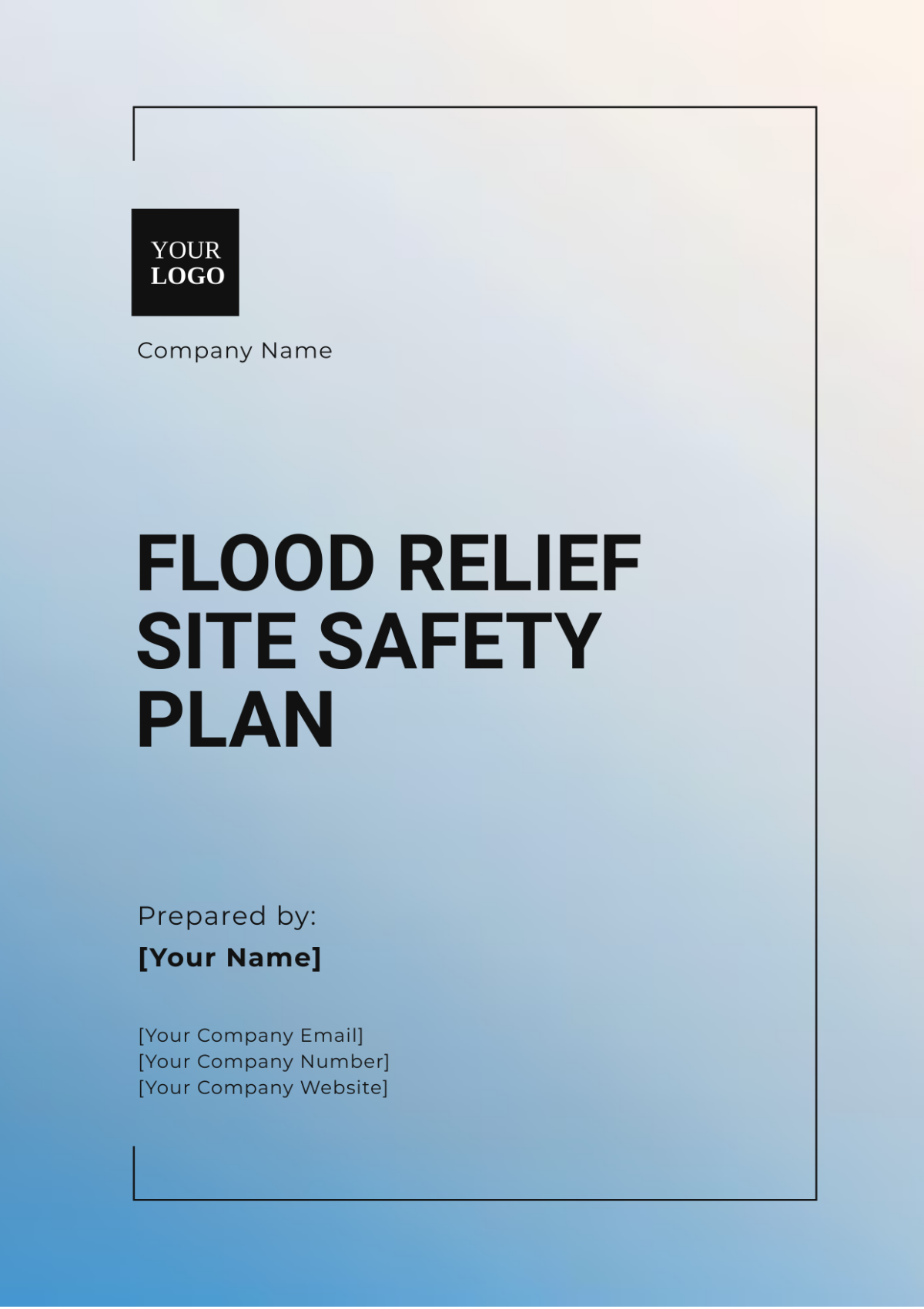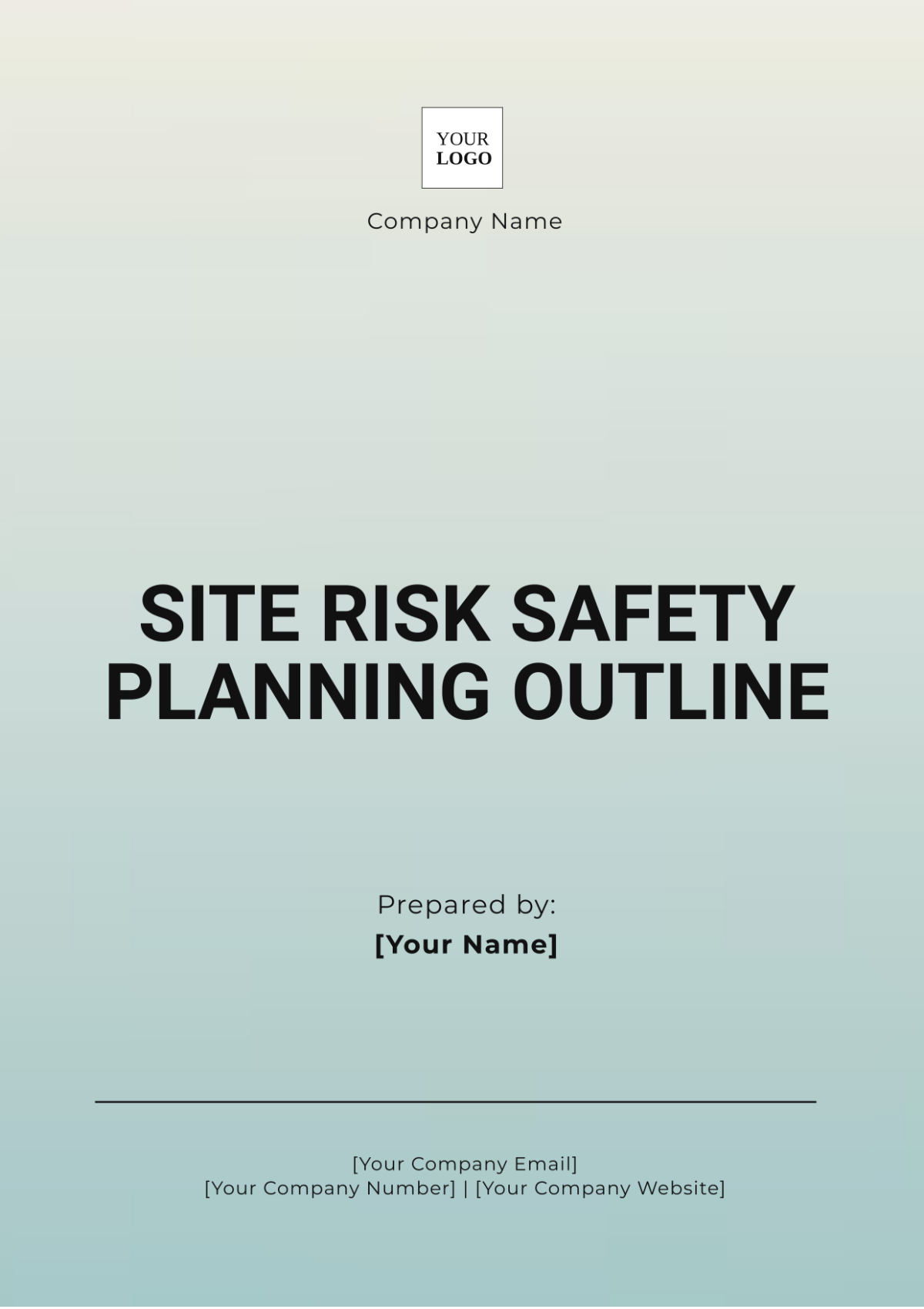Free Firefighting Site Safety Plan
Enhance safety in your firefighting operations with the Firefighting Site Safety Plan Template from Template.net. This editable and customizable template is specifically designed to address the unique safety challenges faced by firefighting teams. Easily modify the content to fit your specific protocols and compliance requirements. With a structured layout and detailed guidelines, you can effectively communicate essential safety measures, ensuring the well-being of your team and the communities they serve.





























